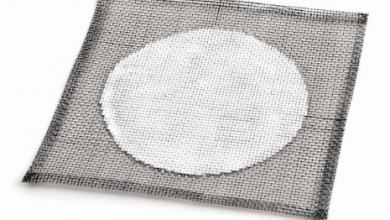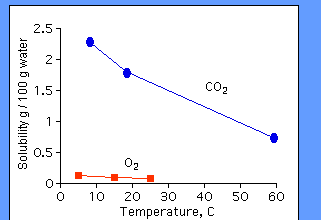What is the difference between Baking Soda and Baking Powder?
The basic difference between Baking Soda and Baking Powder is that Baking Soda is pure sodium carbonate powder and has no acidifying and drying agents while baking powder is a mixture of sodium bicarbonate, an acidifying agent, and a drying agent.
people often confused that ” Is baking soda and baking powder are the same? ” well, actually not.
Baking soda and the baking powder look very same as it has shown from the names of both but they there is a slight difference between baking soda and baking powder actually. both have made with sodium bicarbonate.
the baking soda is needed a liquid and acid to activate which helps baking cookies to rise up for making delicious food items.
the picture Bellow clears the concept of all ambiguities about baking soda Vs. Baking Powder.

What is Baking soda?
baking soda is also known as sodium bicarbonate is a chemical compound of sodium hydrogen and carbonate. its chemical formula is NaHCO3.
17 Uses of Baking Soda
- Antacid.
- It helps to soften skin.
- Drain Cleaner.
- Chemical Smells out of clothes.
- underarm deodorant.
- Oven Cleaner.
- treats cold and the flu.
- Toothpaste.
- eases in the inflammation due to gout.
- Dog odors and urine.
- Face and Body scrub.
- freshes your mouth.
- Bathtub and tile scrub.
- reliefs skin itch from insect bites.
- relief from baby diaper rashes.
- Silver polish.
- Absorbs heavy metals.
What is Baking Powder?
Baking powder is a leavening agent present often in dry chemical form. it is a mixture of bicarbonate along with carbonate and weak acid. it is widely used for increasing the volume and texture of daylife baking goods. Baking powder consists of sodium bicarbonate, an acidifying agent, and corn tartar as a drying agent.
the major purpose of using baking powder is to make bubbles when dry and wet ingredients are mixed together. it was introduced to make a variety of cakes, candies, biscuits, cookies, and other modern delicious food items. which are very popular in modern marts in the market and ceremonies.
14 Uses of Baking Powder
- PH control and Balance
- Shoe Cleaner
- Footbaths
- DIY toothpaste.
- Facial Scrub.
- Help acne
- comb and brush soaking solution.
- helps flower last longing
- linen freshener
- body exfoliator
- sponge freshener
- car surface cleaner
- fluff up omelets
- cloth diaper cleaner
difference between Baking Soda and Baking Powder in Tabular form
You May Also Interested In:
| Baking Soda | Baking Powder |
| It contains only sodium carbonate. | It contains a mixture of sodium bicarbonate, drying agents and acidifying agents. |
| Baking soda contains only sodium bicarbonate. | Baking powder contains sodium carbonate, acidifying agent, cream of tartar, corn starch as a drying agent. |
| produces carbon dioxide bubbles when dry and wet ingredients are mixed. | it also produces carbon dioxide bubbles when dry and wet ingredients are mixed. |
| Baking Soda is composed of 100% bicarbonate. | Baking powder is composed of 25% of bicarbonate, 75% of Acid & cornstarch. |
| bubbles expand from the heat of cooking, causing muffins and cookies to rise. | bubbles expand from the heat of cooking, causing cakes and bread to rise. |
| it has no acidifying agent. | uses of the two from the cream of tartar and mixture of monocalcium phosphate and sodium aluminum sulfate as a drying agent. |
| Baking soda contains no drying agent. | Baking powder contains starch as a drying agent. |
| taste is tangy when underused while bitter when overused. | the taste is neutral on both conditions. |
| the product should be baked immediately when baking soda is added. | when baking powder is added, the product should be baked immediately but when double-acting baking powder is added the dough can be kept for some time before baking. |
| makes cookies spread during baking | makes cookies puff during baking. |
| uses with acidic ingredients e.g., lemon juice, buttermilk, etc. | uses with non-acidic ingredients like regular milk, flour, etc. |


